Horse Chestnut Varieties – Are Buckeyes And Horse Chestnuts The Same


Ohio buckeyes and horse chestnuts are closely related. Both are types of Aesculus trees: Ohio buckeye (Aesculus glabra) and common horse chestnut (Aesculus hippocastanum). Although the two have many similar attributes, they aren’t the same. Are you wondering how to tell the difference between buckeyes and horse chestnuts? Let’s look at a few of the distinguishing characteristics of each and learn more about other Aesculus varieties too.
Horse Chestnut vs. Buckeye
Buckeye trees, so named for the shiny seed that resembles the eye of a deer, is native to North America. Horse chestnut (which isn’t related to the common chestnut tree), hales from the Balkan region of Eastern Europe. Today, horse chestnut trees are widely grown across the northern hemisphere. Here’s how these Aesculus trees are different.
Growth Habit
Horse chestnut is a large, stately tree that reaches heights of 100 feet (30 m.) at maturity. In spring, horse chestnut produces clusters of white flowers with a reddish tinge. Buckeye is smaller, topping out at about 50 feet (15 m.). It produces pale yellow blooms in early summer.
Horse chestnut trees are suitable for growing in USDA plant hardiness zones 4 through 8. Buckeye trees are a bit hardier, growing in zones 3 through 7.
Leaves
Buckeyes and horse chestnuts are both deciduous trees. Ohio buckeye leaves are narrow and finely toothed. In the fall, the medium green leaves turn brilliant shades of gold and orange. Horse chestnut leaves are larger. They are light green when they emerge, eventually turning a darker shade of green, then orange or deep red in autumn.
Nuts
Nuts of the buckeye tree ripen in late summer and early fall, generally producing one shiny nut in each bumpy, brown husk. Horse chestnuts consist of up to four nuts inside spiny green husks. Buckeyes and horse chestnuts are both poisonous.
Types of Horse Chestnut Trees
There are different types of both horse chestnut and buckeye trees too:
Gardening tips, videos, info and more delivered right to your inbox!
Sign up for the Gardening Know How newsletter today and receive a free copy of our e-book "How to Grow Delicious Tomatoes".
Horse Chestnut Varieties
Baumann’s horse chestnut (Aesculus baumannii) produces double, white blooms. This tree produces no nuts, which reduces litter (a common complaint about horse chestnut and buckeye trees).
Red horse chestnut (Aesculus x carnea), possibly native to Germany, is thought to be a hybrid of the common horse chestnut and red buckeye. It is shorter than the common horse chestnut, with mature heights of 30 to 40 feet (9-12 m.).
Buckeye Varieties
Red buckeye (Aesculus pavia or Aesculus pavia x hippocastanum), also known as firecracker plant, is a clump-forming shrub that reaches heights of only 8 to 10 feet (2-3 m.). Red buckeye is native to the southeastern United States.
California buckeye (Aesculus californica), the only buckeye tree native to the western United States, hales from California and southern Oregon. In the wild, it can reach heights of up to 40 feet (12 m.), but usually tops out at only 15 feet (5 m.).

A Credentialed Garden Writer, Mary H. Dyer was with Gardening Know How in the very beginning, publishing articles as early as 2007.
-
 8 Noteworthy Native Azaleas Every Gardener Should Know – And Grow!
8 Noteworthy Native Azaleas Every Gardener Should Know – And Grow!Native azaleas offer brilliant blooms in a range of colors and sizes. Here are a few favorites to get inspired and start working on a native shade garden!
-
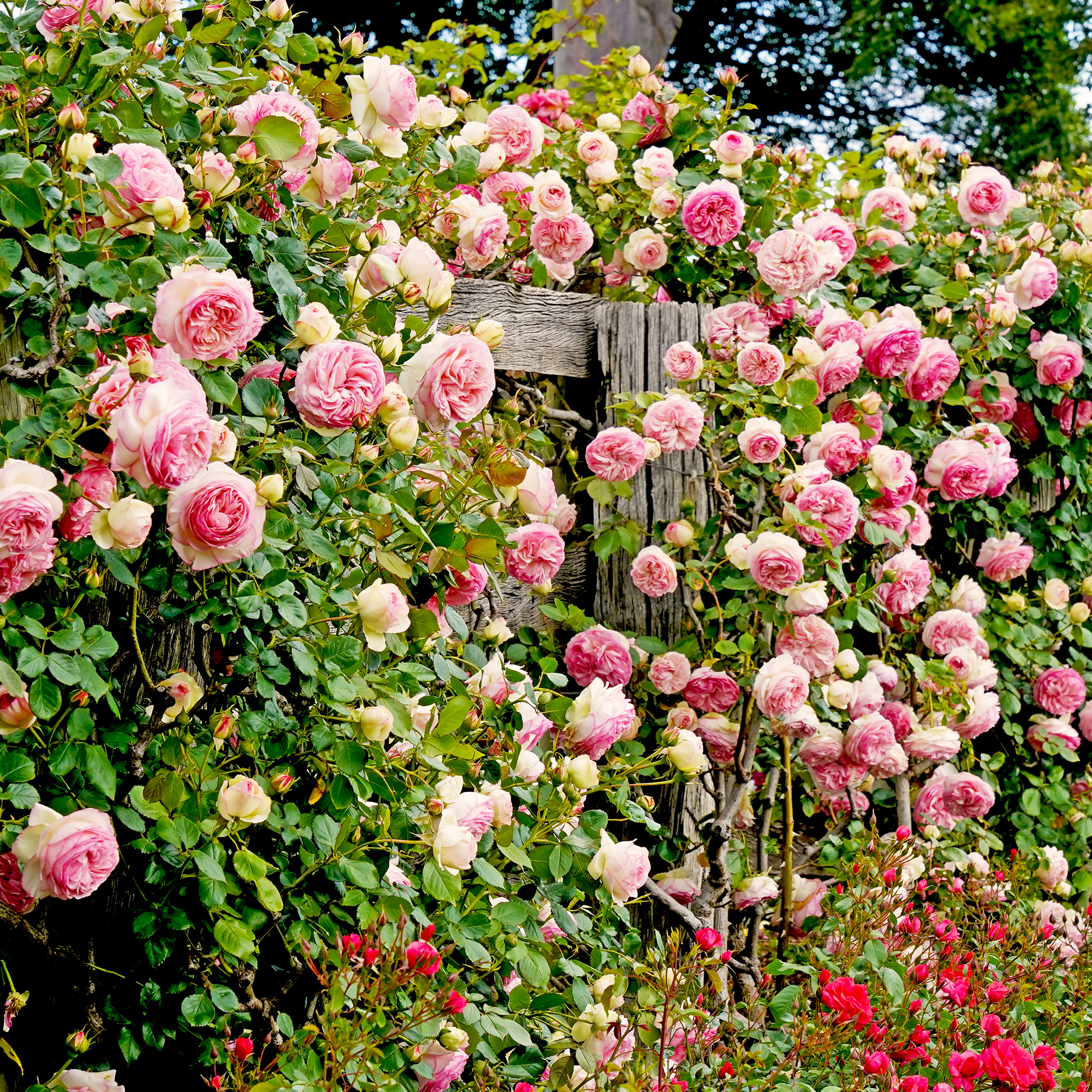 Growing Climbing Roses: How To Create Elegant Displays With Maximum Blooms
Growing Climbing Roses: How To Create Elegant Displays With Maximum BloomsMaster the art of growing stunning climbing roses with this essential guide to creating vibrant, fragrant walls and structures all summer long.
-
 Horse Chestnut Pruning: Should You Cut Back Horse Chestnut Branches
Horse Chestnut Pruning: Should You Cut Back Horse Chestnut BranchesWhat does it take to keep a horse chestnut tree healthy? Do you need to cut back a horse chestnut? The following information on horse chestnut pruning discusses the pros and cons of pruning horse chestnut trees and how to prune them. Click here to learn more.
-
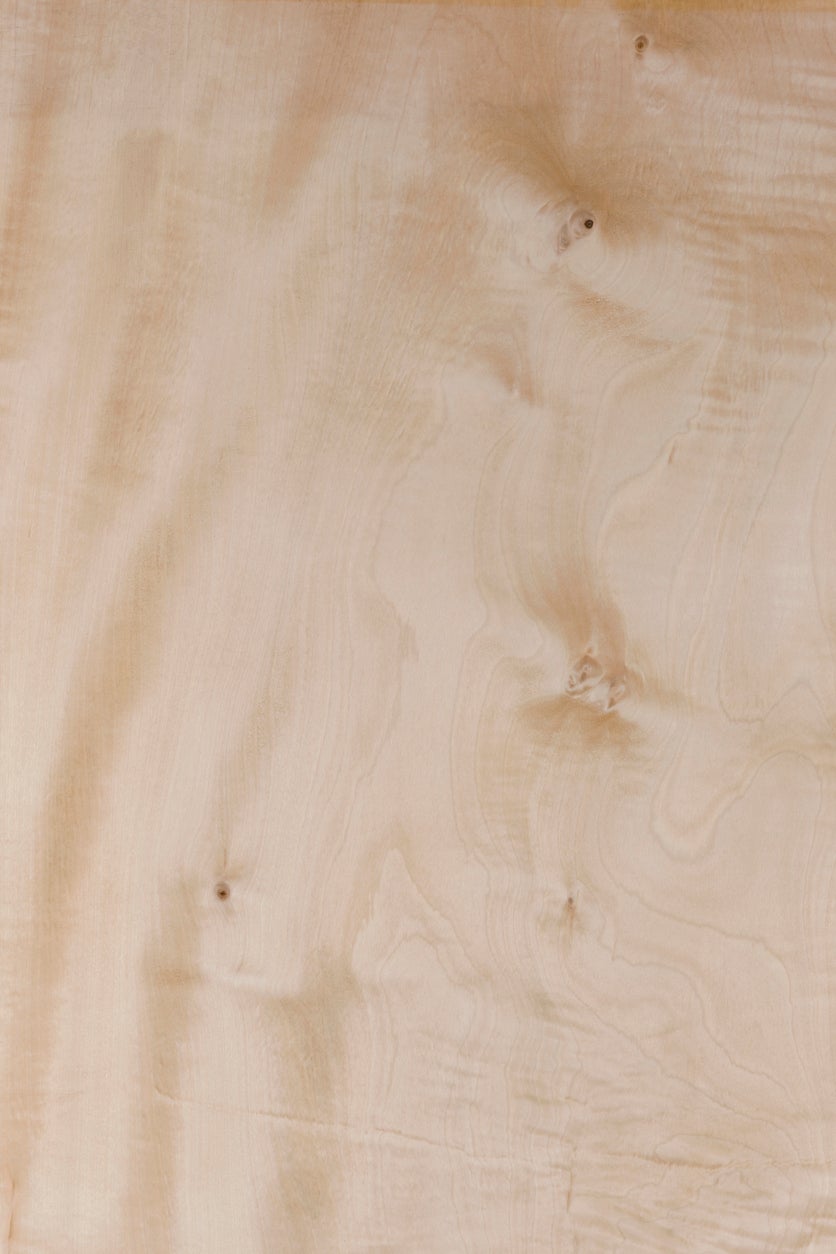 Uses For Horse Chestnut Wood – Building With Horse Chestnut Trees
Uses For Horse Chestnut Wood – Building With Horse Chestnut TreesBuilding with horse chestnut isn’t common because it is a weaker wood compared to others, and doesn’t resist rot well. But, with its creamy color and other desirable characteristics, there are some uses for horse chestnut in woodworking and turning. Learn more here.
-
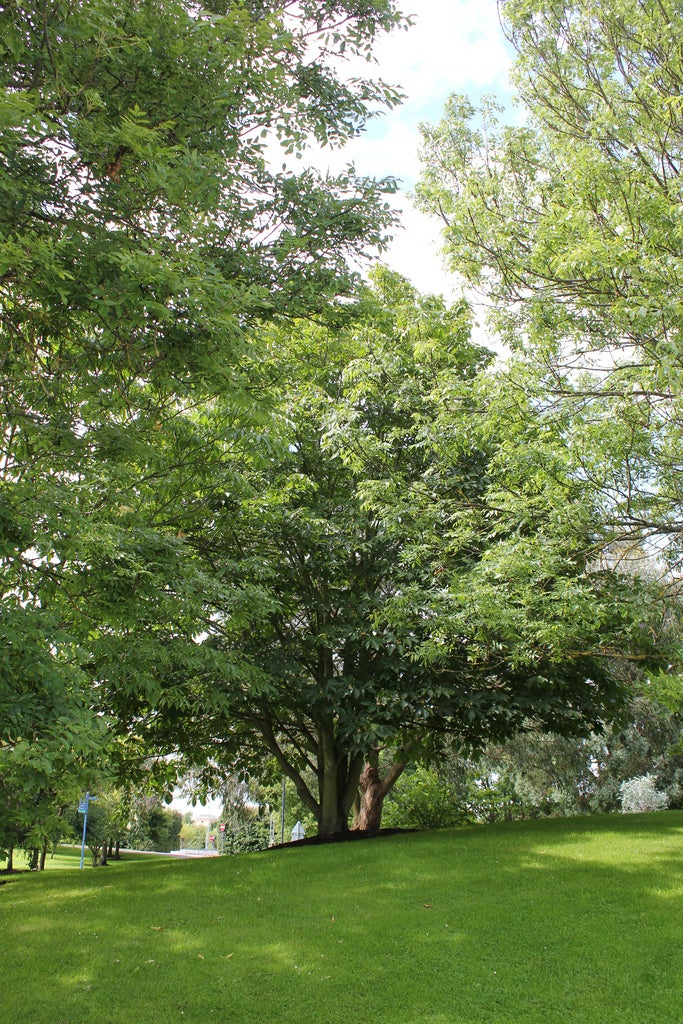 Japanese Horse Chestnut Info: Tips For Growing Japanese Chestnut Trees
Japanese Horse Chestnut Info: Tips For Growing Japanese Chestnut TreesIf you’re looking for a truly spectacular shade tree, look no further than the Turbinata chestnut, also known as the Japanese horse chestnut, tree. Want to learn more? Click on the following article for Japanese horse chestnut info and care for this impressive tree.
-
 Potted Horse Chestnut Care – Can Horse Chestnut Trees In Containers Survive
Potted Horse Chestnut Care – Can Horse Chestnut Trees In Containers SurviveThe prolific fruit litter from horse chestnuts results in hundreds of intriguing nuts that can be container grown into trees. However, a potted horse chestnut is a short-term solution. Learn more about growing horse chestnuts in containers here.
-
 Horse Chestnut Bonsai Plants – Can You Grow A Horse Chestnut Bonsai Tree
Horse Chestnut Bonsai Plants – Can You Grow A Horse Chestnut Bonsai TreeNewcomers to the art of bonsai might have some trepidation about using an expensive specimen for their first attempt. Many native trees can become beautiful bonsai for little cost. Take the horse chestnut, for example. Find out how to grow a horse chestnut bonsai here.
-
 Baumann Horse Chestnut Trees – Care Of Baumann Horse Chestnuts
Baumann Horse Chestnut Trees – Care Of Baumann Horse ChestnutsThe Baumann horse chestnut is an interesting combination of both an attractive flowering tree and one that provides pleasant shade in the summer. Want to see if this tree is a good fit in your landscape? Click here for additional information.
-
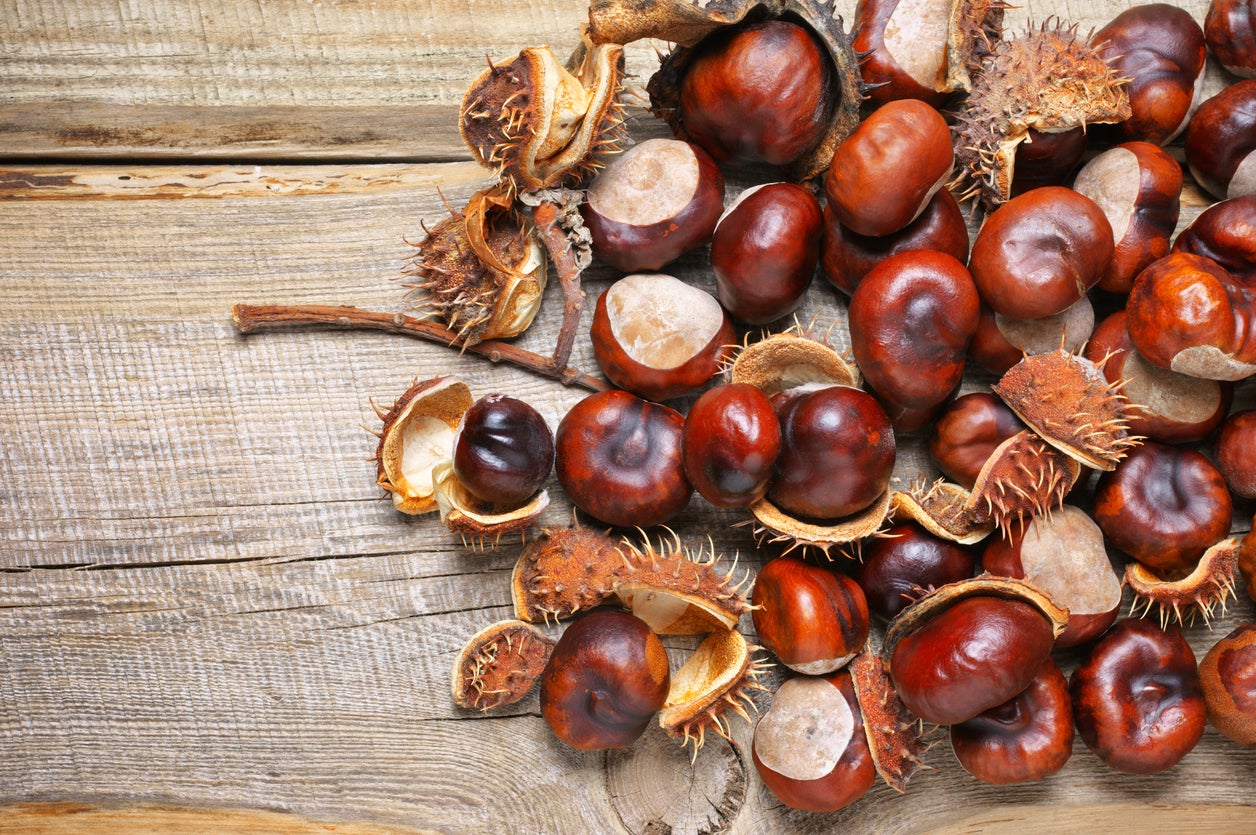 Are Horse Chestnuts Edible: Learn About Toxic Horse Chestnuts
Are Horse Chestnuts Edible: Learn About Toxic Horse ChestnutsWhen you hear the song about chestnuts roasting on an open fire, don’t mistake these nuts for horse chestnuts. Horse chestnuts are a very different nut. Are horse chestnuts edible? They are not and should not be consumed by people, horses, or other livestock. Learn more here.
-
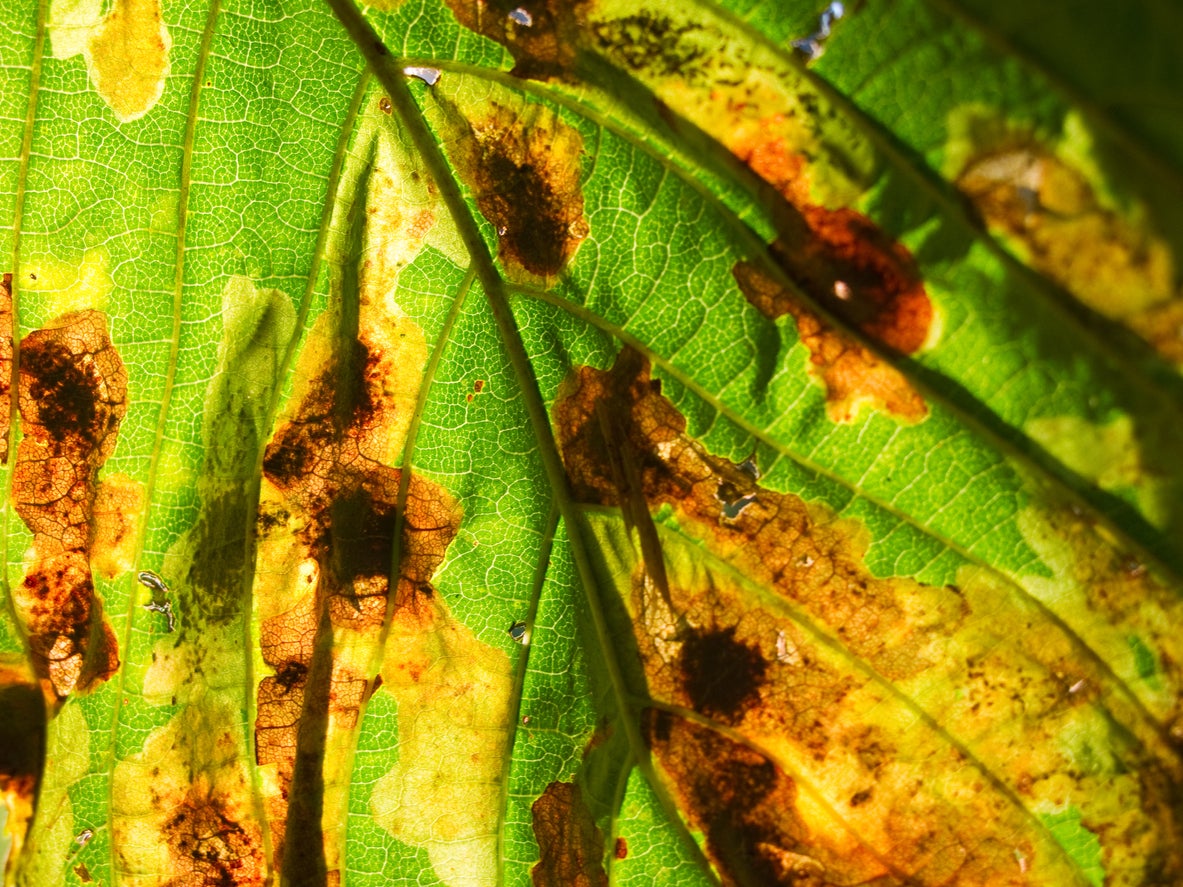 Horse Chestnut Bugs – Learn About Common Conker Tree Pests
Horse Chestnut Bugs – Learn About Common Conker Tree PestsWhile the chestnuts (conkers) produced by this tree are toxic to man and beast, the trees are subject to a number of horse chestnut pests. For information about horse chestnut bugs and other pests of horse chestnut trees, click on the following article.